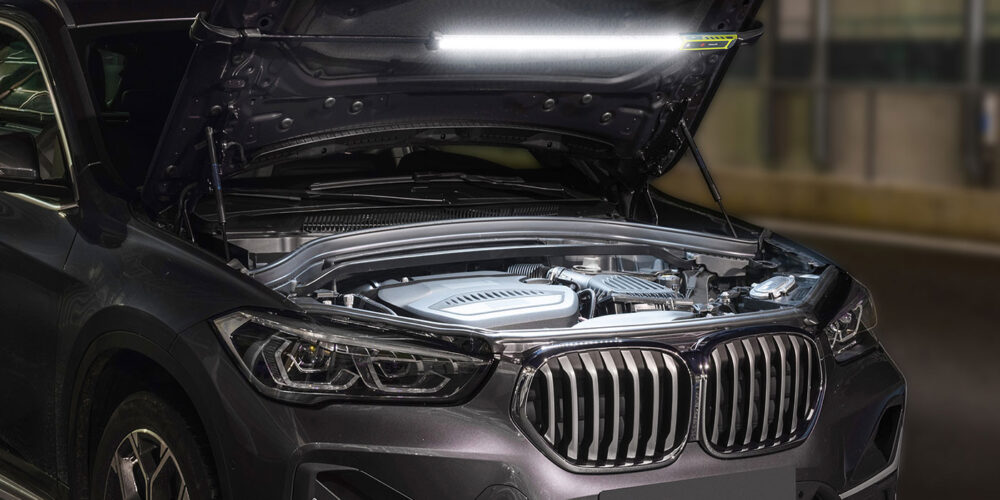The perfect internal combustion vehicle would be able to put the exact amount of fuel and air into the combustion chamber. If the perfect combustion event happened, you would get nothing more than water and carbon dioxide. There would not be any unburned fuel or oxygen. It would also be at the right temperature so oxides (“hyperactive” oxygen turned on by higher temperatures) would not combine with nitrogen and carbon to form nitric oxides (NOx) and carbon monoxide (CO). This perfect car would not need a catalytic converter or any other emission-control device.
We are not there yet. In the mean time, we have exhaust gas recirculation systems (EGR), secondary air injection and catalytic converters.
EGR Systems
EGR systems put a small amount of inert gas into the combustion chamber to control the temperatures. Since exhaust gases do not typically burn, this lowers the combustion temperature and reduces NOx emissions from the engine.
When things heat up in the combustion chamber to temperatures around 1,300° C or 2,500° F, oxygen and nitrogen start combining with each other and form NOx and CO.
By putting exhaust gases into the combustion chamber, the air fuel mixture is watered down by the inert exhaust gases. This slows down the combustion process and lowers combustion temperatures to levels where NOx does not form.
Unlike older EGR systems, modern EGR systems work constantly, not just during deceleration or closed throttle conditions. Newer vehicles with variable valve timing on both exhaust and intake camshafts can adjust timing so that a small amount of exhaust gas is sucked back into the chamber during the intake stroke.
Secondary Air Injection Systems
Secondary air injection systems pump outside air into the exhaust stream so unburned fuel can be burned. Early systems have a belt-driven air pump. Newer aspirated systems use the vacuum created by an exhaust pulse to pull air into the pipe. The latest systems use an electric motor to pump air. These systems are critical for the life of the catalytic converter.
Electric motor systems can be found on many new vehicles like the GM LS series, Toyota V8s and California emission Ford 3.8 V6s and 2.0 four cylinder. These systems typically are active during the first 20 to 120 seconds of engine operation by forcing air downstream into the exhaust manifolds to oxidize the hydrocarbons and carbon monoxide created by running rich at startup. The system injects the correct amount of air using inputs like coolant temperature, air temperature and oxygen sensors.
Catalytic Converter
Under ideal conditions, a three-way catalyst can reduce somewhere between 50% and 95% of NOx emissions and 99.9% of the unburned fuel. It is the last stop for pollutants, and if an emissions system upstream is compromised, it can only compensate so much before tailpipe emissions increase.
Diagnostics
To properly diagnosis a high-emission vehicle, you must look at it like an engineer looking at the entire system, from the air intake to the exhaust pipe. When a vehicle is engineered, it must meet a specified emission level. To do this, an engineering team will balance the systems and make them work in harmony so the price is affordable.
If a vehicle has a combustion chamber design that has higher than normal temperatures, the engineers will balance out the amount of exhaust gases introduced to the combustion chamber to the size of the converter so the vehicle meets mandated emission levels and the warranty period.










